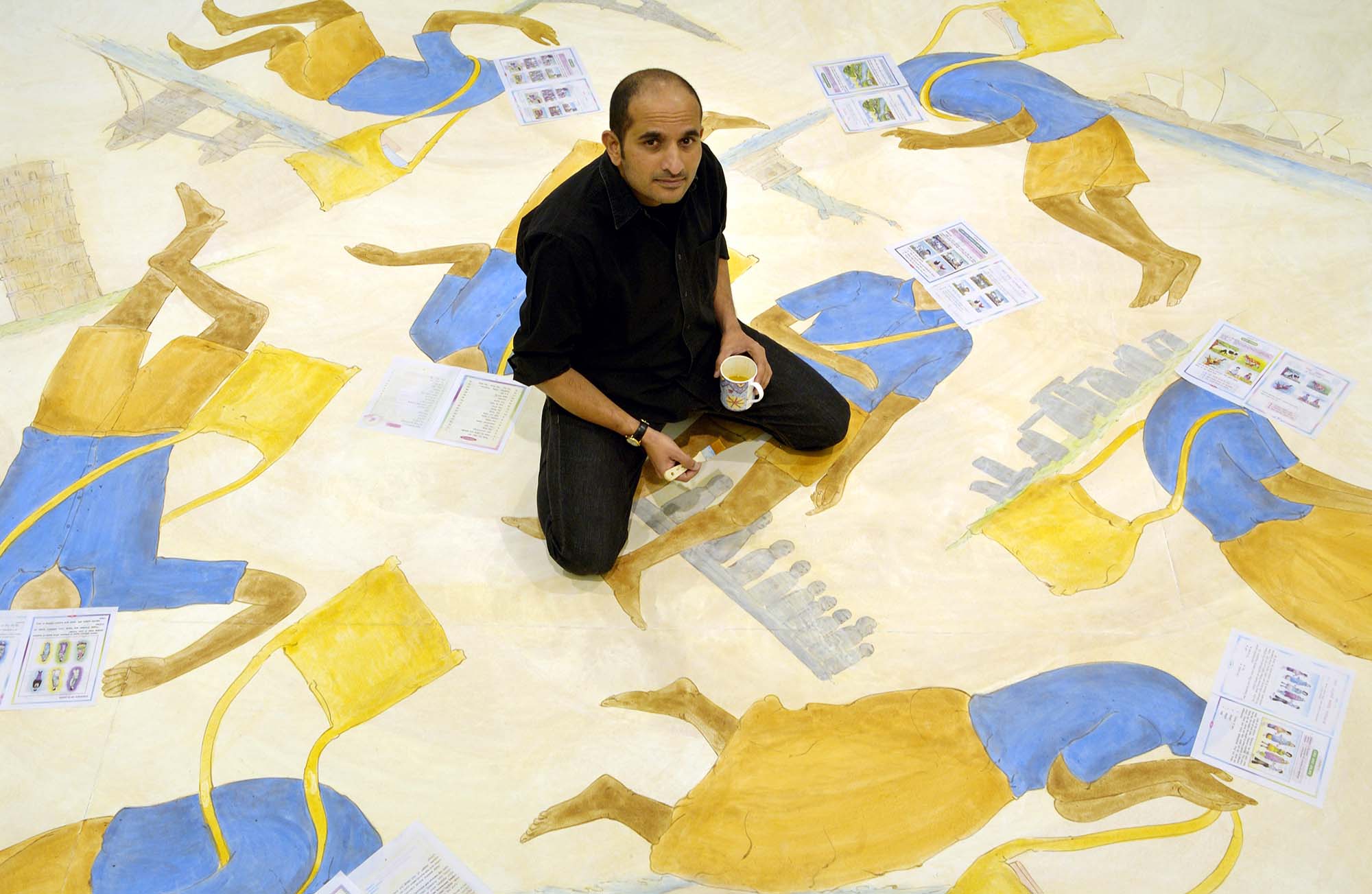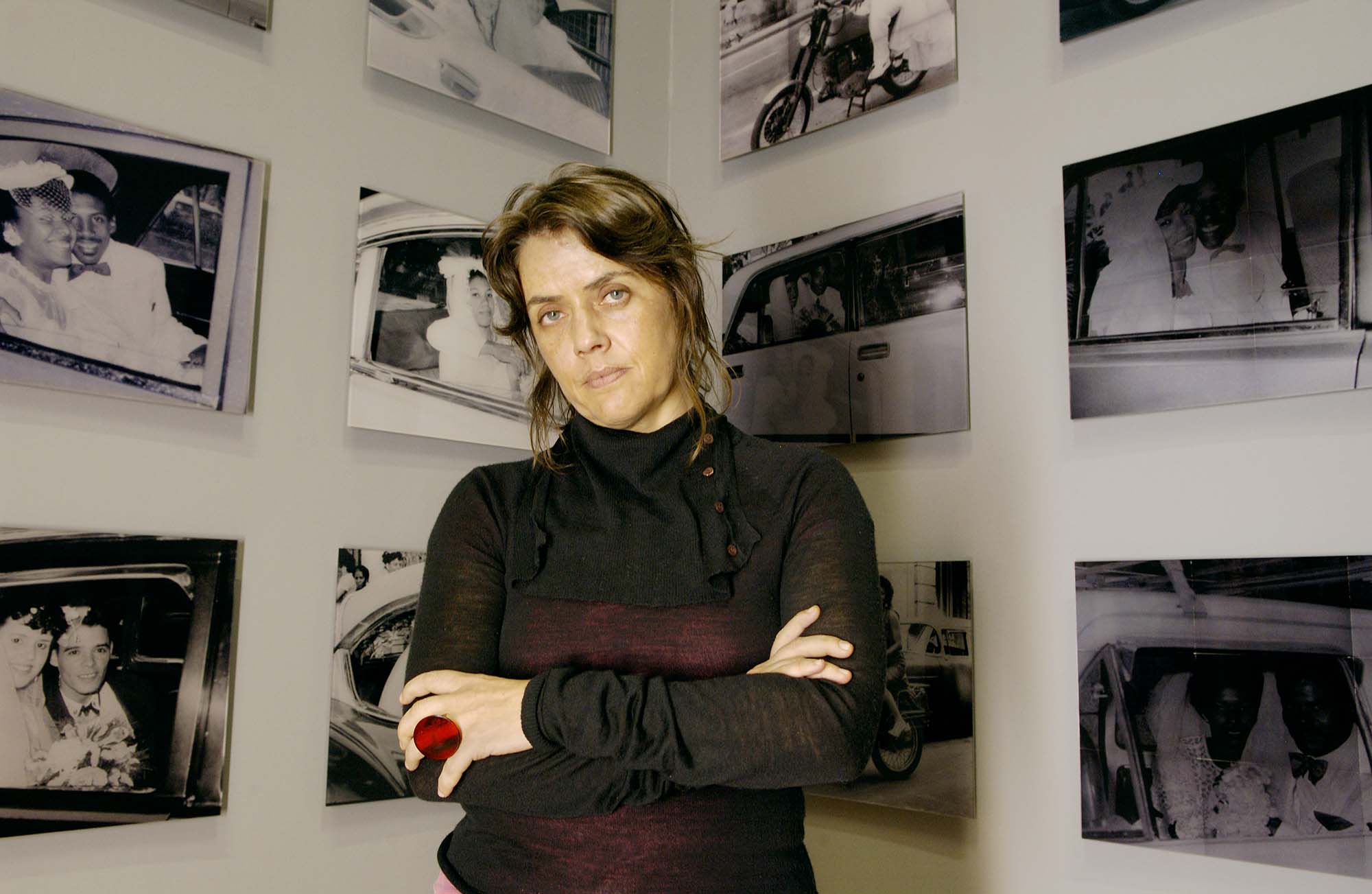Artes Mundi 3
15 March
- 8 June 2008
National Museum Cardiff
The Artes Mundi 3 exhibition in 2008 explored who we are and the societies we live in. Nine artists were shortlisted, from over 400 nominations from 65 countries.

Credit: Part of exhibition by Abdoulaye Konate artist from Mali at Artes Mundi 2008, National Museum of Wales, Cardiff, Wales UK. Picture by Jeff Morgan 36 Barrack Hill, Newport, South Wales, NP20 5FR Tel 07836 501259 email jeff@walespressphoto.com web site www.walespressphoto.com

Credit: Part of installation by Rosangela Renno artist from Brazil at Artes Mundi 2008, National Museum of Wales, Cardiff, Wales UK. Picture by Jeff Morgan 36 Barrack Hill, Newport, South Wales, NP20 5FR Tel 07836 501259 email jeff@walespressphoto.com web site www.walespressphoto.com

Credit: Part of exhibition by Vasco Araujo artist from Lisbon, Portugal at Artes Mundi 2008, National Museum of Wales, Cardiff, Wales UK. Picture by Jeff Morgan 36 Barrack Hill, Newport, South Wales, NP20 5FR Tel 07836 501259 email jeff@walespressphoto.com web site www.walespressphoto.com
Winner of the Artes Mundi 3 Prize was Indian artist, N S Harsha.
Isabel Carlos, Independent curator and writer
Bisi Silva, Director, Centre for Contemporary Art, Lagos and independent curator
David Alston, Arts Director, Arts Council of Wales
Tuula Arkio, Independent curator, former General Director of the National Art Galleries, Helsinki
Jack Persekian, Curator, writer and Director of the Sharjah Biennale, 2007
Xu Bing, Artist, New York and Beijing
Prizes
N. S. Harsha
N.S. Harsha was announced as the winner of the Artes Mundi 3 Prize in 2008.

Credit: Indian artist N.S. Harsha at Artes Mundi 2008, National Museum of Wales, Cardiff, South Wales, UK Picture by Jeff Morgan 36 Barrack Hill, Newport, South Wales, NP20 5FR Tel 07836 501259 email jeff@walespressphoto.com web site www.walespressphoto.com
Harsha’s practice includes painting, large scale installations and community projects. Often working within the context of the narrative traditions of Indian miniature painting, Harsha’s work reveals a political commentary where figures in his delicate, sly and playful world are almost invariably focused on an event, animated by a mutual curiosity, pointing out something that is odd, incongruous or comically strange. For the viewer the wit resides as much in the scale of the depictions as it does in the finely summarised and telling detail of the vignette.
Artists

Lisa Abdul

Vasco Araújo

Mircea Cantor

Dalziel + Scullion

Abdoulaye Konaté

Susan Norrie

